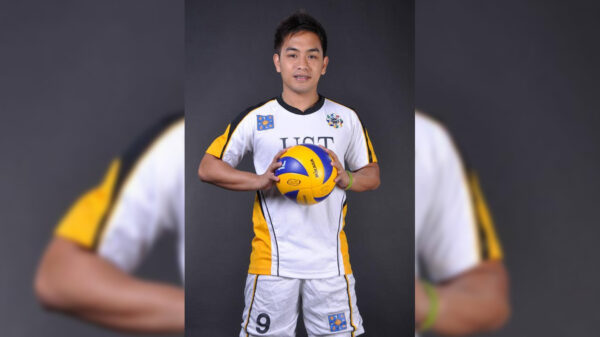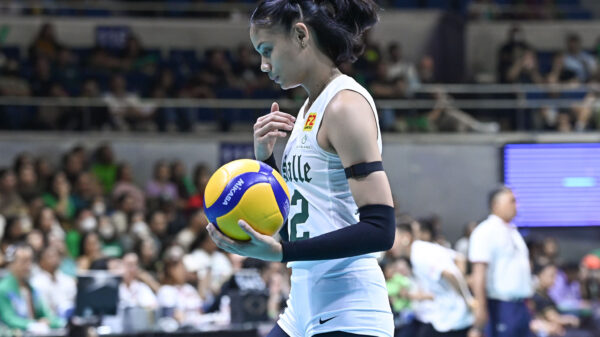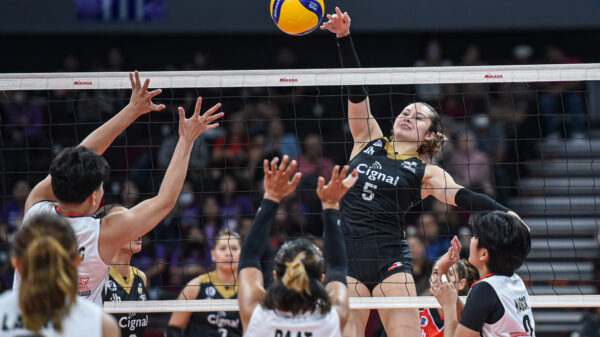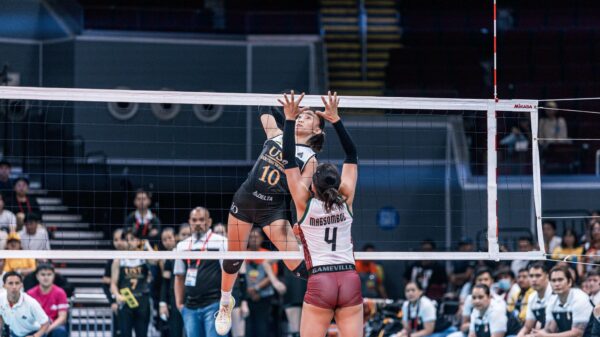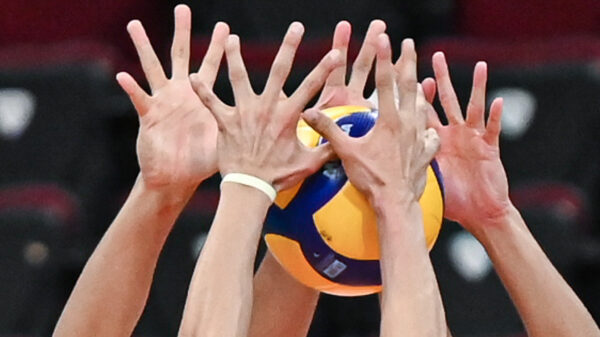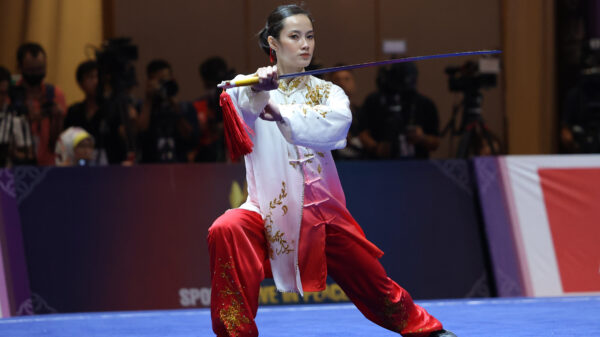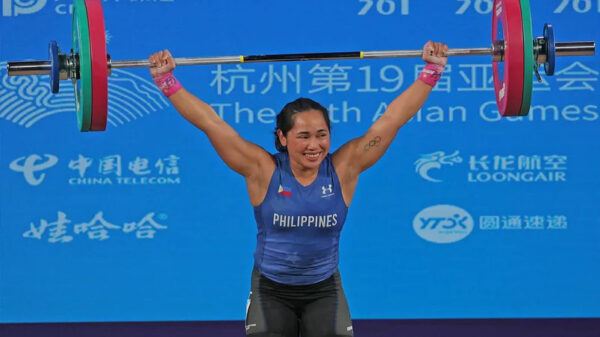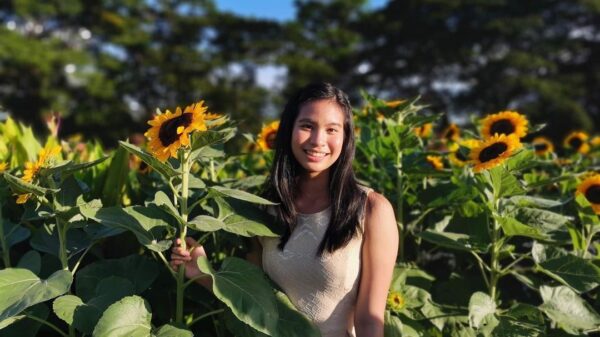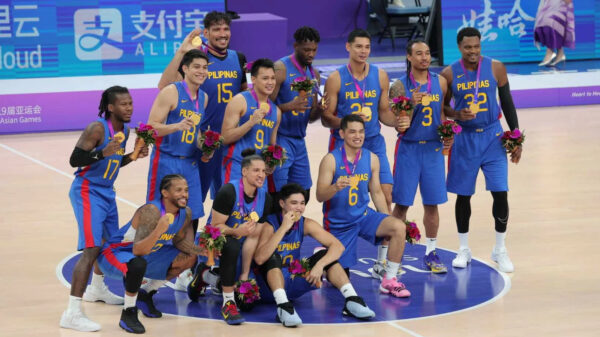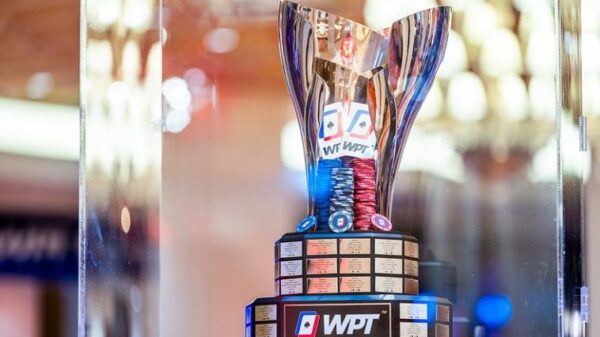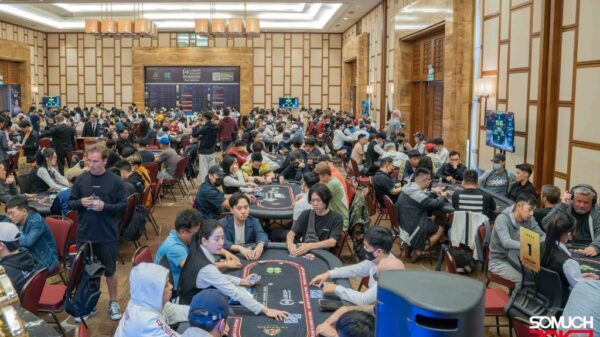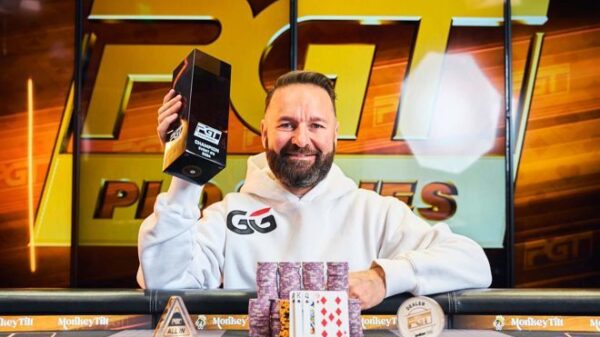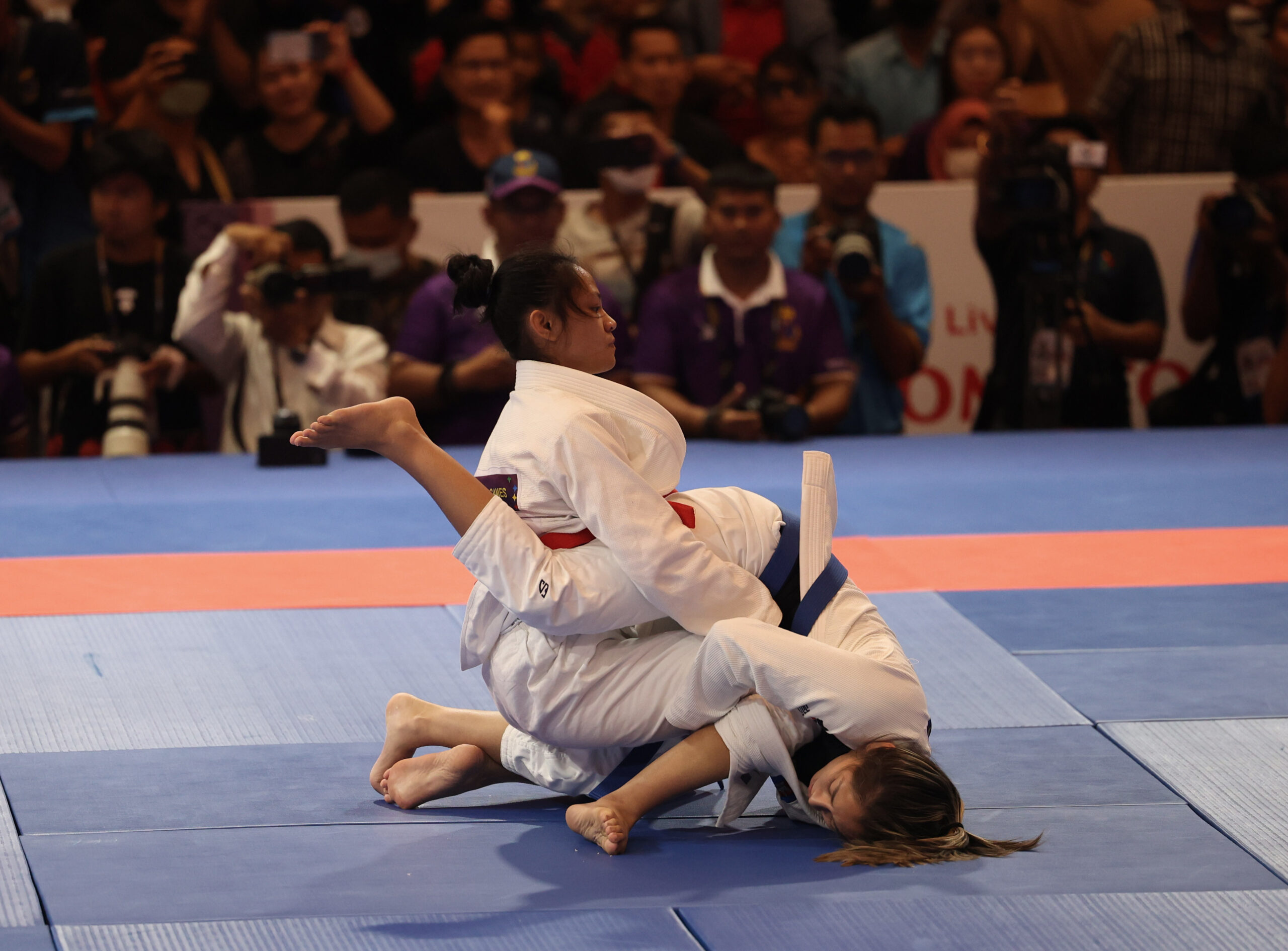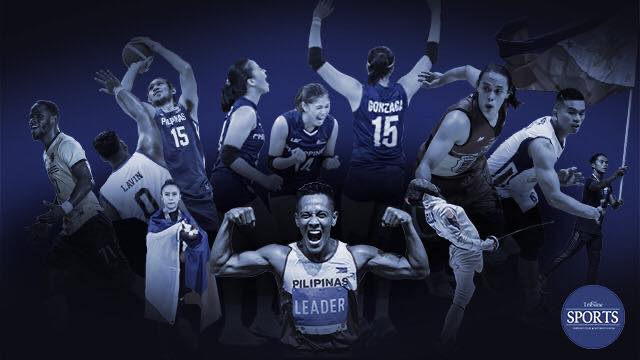Kaila Napolis — the newly-crowned Southeast Asian Games jiu-jitsu champion — said she doesn’t mind taking on men during training.
“It helps because you will be forced to use technique,” said the 26-year-old Muntinlupa lass who won the Philippines’ first gold medal in the 32nd SEA Games in Phnom Penh, Cambodia.
Napolis swept all her four assignments in the women’s 52-kilogram division, including the final against hometown bet Jessa Khan.
Last year, Khan defeated Napolis in the 49-kg final in Vietnam.
The Filipina got her revenge in front of Khan’s countrymen.
“I was able to get a good control at first but I wasn’t able to sweep immediately because she can defend well. I was only able to get two points in the last few when I got desperate,” she recounted.
Napolis, the second of three siblings, took up the sport at the ripe age of 16.
She initially started with judo but turned to jiu-jitsu after her older brother was convinced to try the sport.
“I tried doing judo at the free clinic by the government of Muntinlupa but I felt I’m too old for judo,” Napolis said. “I did not excel in judo and got addicted to jiu-jitsu.”
Napolis, a student at College of Saint Benilde, said what makes jiu-jitsu appealing is that anyone can actually do it regardless of gender or age.
“I had trained with people in Japan who are already 60 years old but are still strong because of their techniques,” she explained.
“You can actually develop your own style. I really had fun on my first day because I was taught how to use my own body and leverage to dominate a big guy.”
Judo is fought 90 percent standing while jiu-jitsu is spent 90 percent on the ground.
“Judo is more of throwing people from standing while in jiu-jitsu if you got swept it is only two points and the match can continue in the ground,” Napolis explained.
She said striking and kicking are not allowed, adding jiu-jitsu is more on submissions.
This is why, Napolis said, sparring with stronger men is more beneficial.
Injuries are unavoidable with studies showing that nine of 10 jiu-jitsu practitioners get injured.
“I had several injuries because of tournaments and accidents during training which no one intends to happen. It is avoidable if you won’t be training as intensely as the competitors,” Napolis said.
To prepare for competitions, she said she had twice-a-day, two-hour daily sparring sessions — 8 to 10 in the morning and 6 to 8 in the evening. She lifts weights from 4 to 5 p.m.
Every Sunday, Napolis said they train with other clubs.
“For white belts and first timers, they are normally partnered up with more experienced people so they can guide them. The sparring sessions with white belts are normally on controlled positions so it will be safer,” she said.
Napolis swears that friends she got into the sport end up addicted to it.
“Right now, jiu-jitsu is growing in the Philippines,” she said.
Napolis hopes that her victory would help in the promotion of the sport whose name derives from the Japanese “ju” meaning “gentle” and “jitsu” meaning “art.”
Thus, jiu-jitsu is the “gentle art.”

